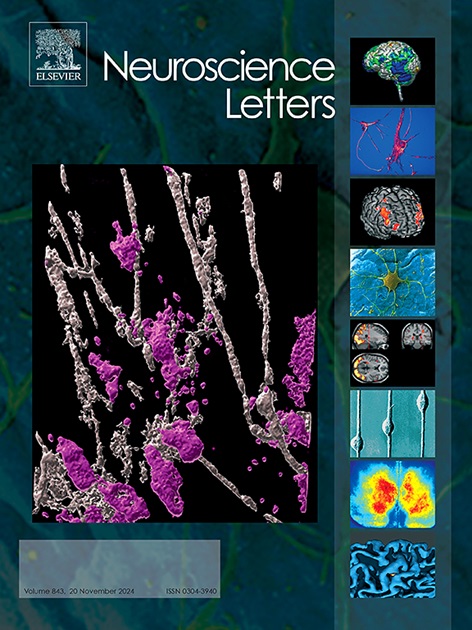Enhanced flavoprotein autofluorescence imaging in rats using a combination of thin skull window and skull-clearing reagents
IF 2
4区 医学
Q3 NEUROSCIENCES
引用次数: 0
Abstract
Flavoprotein autofluorescence (FA) imaging is a powerful technique for investigating neural activity in vivo. However, its application in rats is limited by the thickness of the intact skull, which reduces light transmission and signal-to-noise ratio (SNR). In this study, we introduce a novel approach that integrates a thin skull window (TSW) with a skull-clearing reagent (CTSW) to enhance FA imaging in rats. The FA signals evoked by somatosensory stimulation were recorded under both TSW and CTSW conditions. The results demonstrate that CTSW significantly improved the SNR of FA signals compared to TSW alone, enabling more precise detection of neural activity. Notably, the enhanced signal clarity facilitated robust imaging in the secondary motor cortex (M2), a region where activity is barely detectable using conventional TSW. By better preserving intracranial physiological conditions than craniotomy, CTSW minimizes postoperative complications and supports longitudinal imaging. Furthermore, this technique may be applicable to other optical imaging modalities, including calcium and vascular imaging. The ability to enhance cortical signal detection while maintaining a minimally invasive preparation positions CTSW as a promising tool for functional mapping and long-term studies in behaving rats.
使用薄颅骨窗和颅骨清除试剂组合增强大鼠黄蛋白自身荧光成像
黄蛋白自身荧光(FA)成像是一种研究体内神经活动的强大技术。然而,其在大鼠中的应用受到完整颅骨厚度的限制,这降低了光传输和信噪比(SNR)。在这项研究中,我们介绍了一种将薄颅骨窗(TSW)与颅骨清除试剂(CTSW)相结合的新方法来增强大鼠的FA成像。记录两种情况下体感觉刺激诱发的FA信号。结果表明,与单独使用TSW相比,CTSW显著提高了FA信号的信噪比,能够更精确地检测神经活动。值得注意的是,增强的信号清晰度促进了次级运动皮层(M2)的稳健成像,这是一个使用传统TSW几乎无法检测到活动的区域。通过比开颅术更好地保留颅内生理状况,CTSW减少了术后并发症并支持纵向成像。此外,该技术可能适用于其他光学成像方式,包括钙和血管成像。在保持微创准备的同时增强皮层信号检测的能力使CTSW成为一种有前途的工具,用于功能制图和对行为大鼠的长期研究。
本文章由计算机程序翻译,如有差异,请以英文原文为准。
求助全文
约1分钟内获得全文
求助全文
来源期刊

Neuroscience Letters
医学-神经科学
CiteScore
5.20
自引率
0.00%
发文量
408
审稿时长
50 days
期刊介绍:
Neuroscience Letters is devoted to the rapid publication of short, high-quality papers of interest to the broad community of neuroscientists. Only papers which will make a significant addition to the literature in the field will be published. Papers in all areas of neuroscience - molecular, cellular, developmental, systems, behavioral and cognitive, as well as computational - will be considered for publication. Submission of laboratory investigations that shed light on disease mechanisms is encouraged. Special Issues, edited by Guest Editors to cover new and rapidly-moving areas, will include invited mini-reviews. Occasional mini-reviews in especially timely areas will be considered for publication, without invitation, outside of Special Issues; these un-solicited mini-reviews can be submitted without invitation but must be of very high quality. Clinical studies will also be published if they provide new information about organization or actions of the nervous system, or provide new insights into the neurobiology of disease. NSL does not publish case reports.
 求助内容:
求助内容: 应助结果提醒方式:
应助结果提醒方式:


